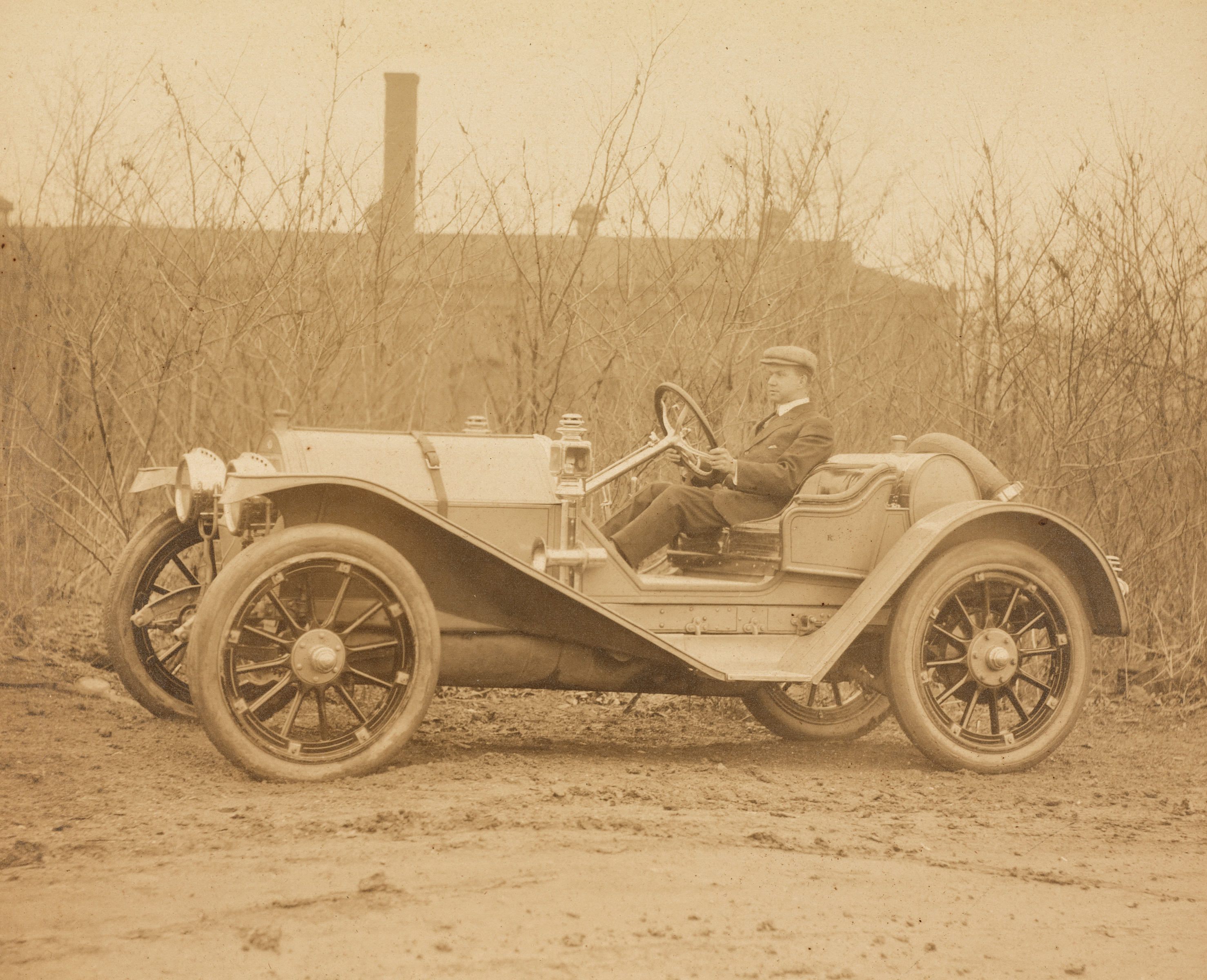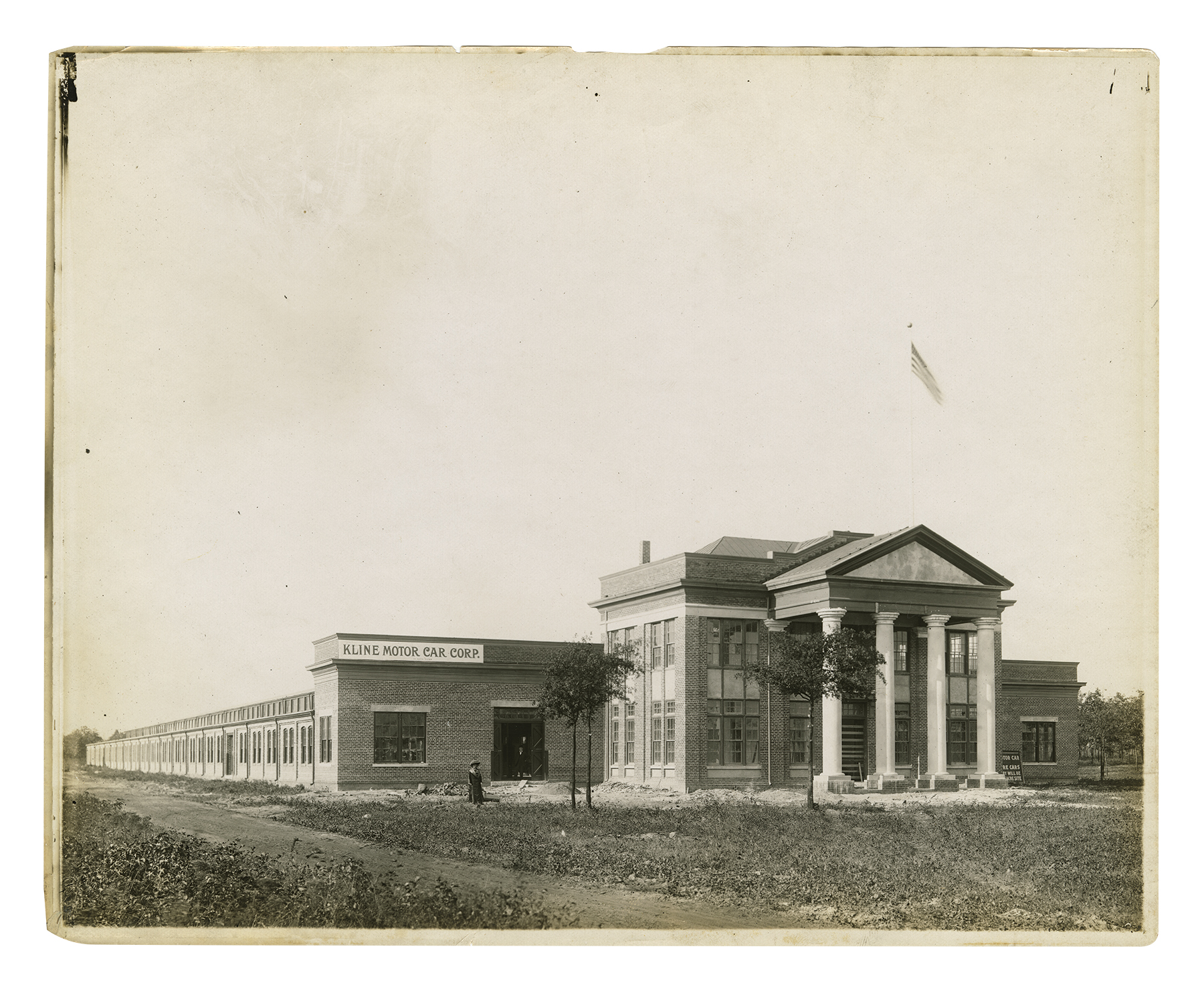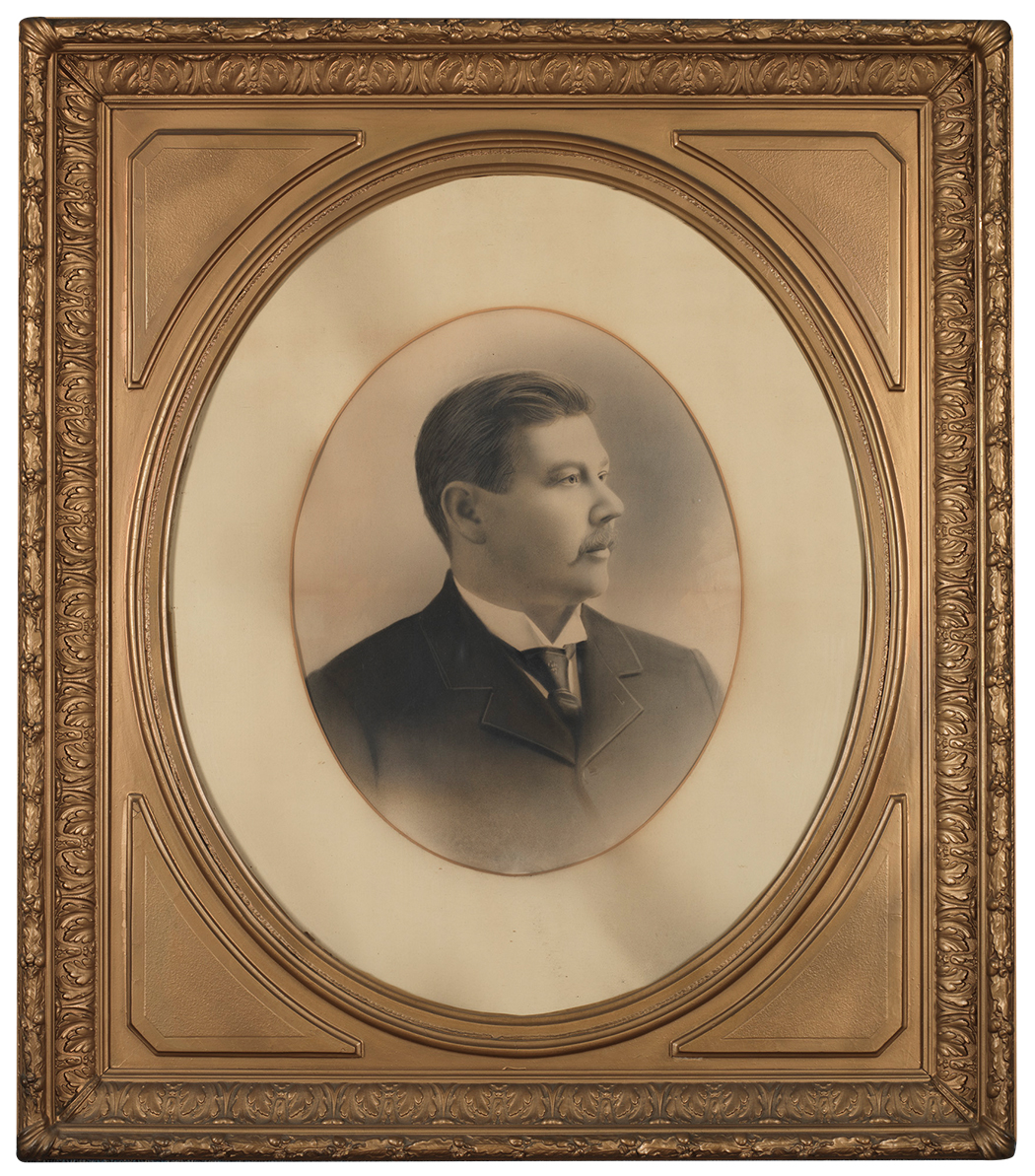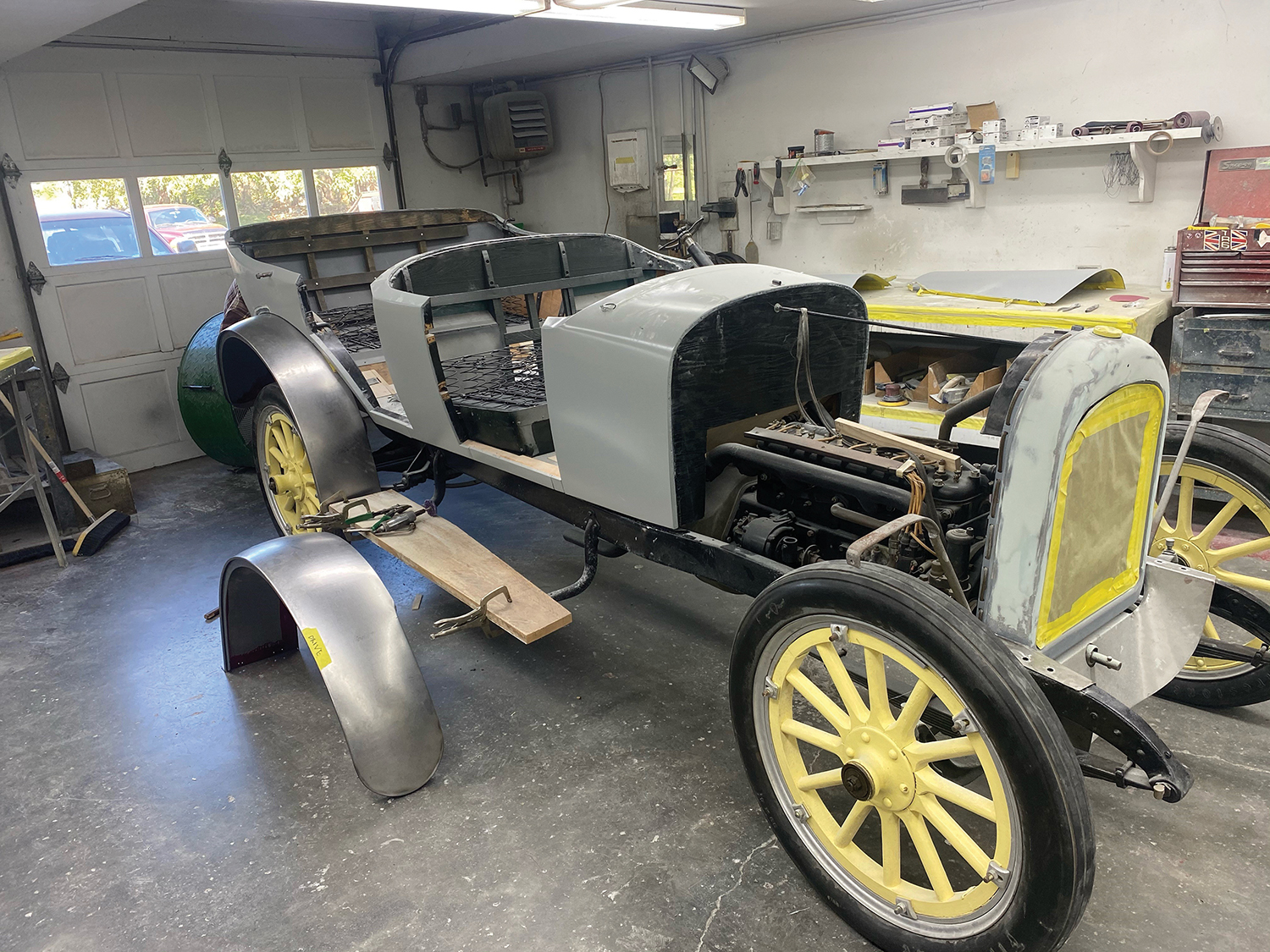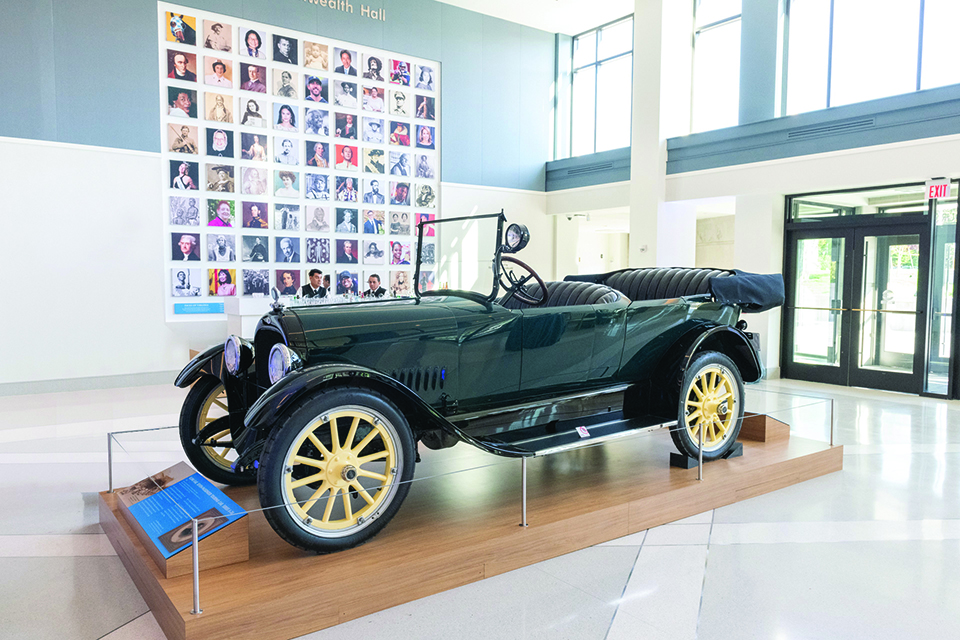James Allen Kline was born near Siddonsburg, Pennsylvania, on May 20, 1874. At the age of 18, Kline began an apprenticeship with the Cocklin Brothers optical business in Harrisburg, Pennsylvania, during which he became interested in bicycles and performed well in several amateur events. In 1899, he became a local distributor for the Locomobile, a steam car manufacturer, and built his own steam car in a second-floor machine shop. In 1905, Kline became general manager of York Automobile Company in York, Pennsylvania, for which he would design and build a new car and exhibit it successfully at the 1905 York Fair.
On the heels of the failure of the Richmond Iron Works to expand production of the Virginian automobile in 1910, a Richmond boosters club made up of prominent local businessmen sought out other automobile companies that might be interested in relocating to the South.

